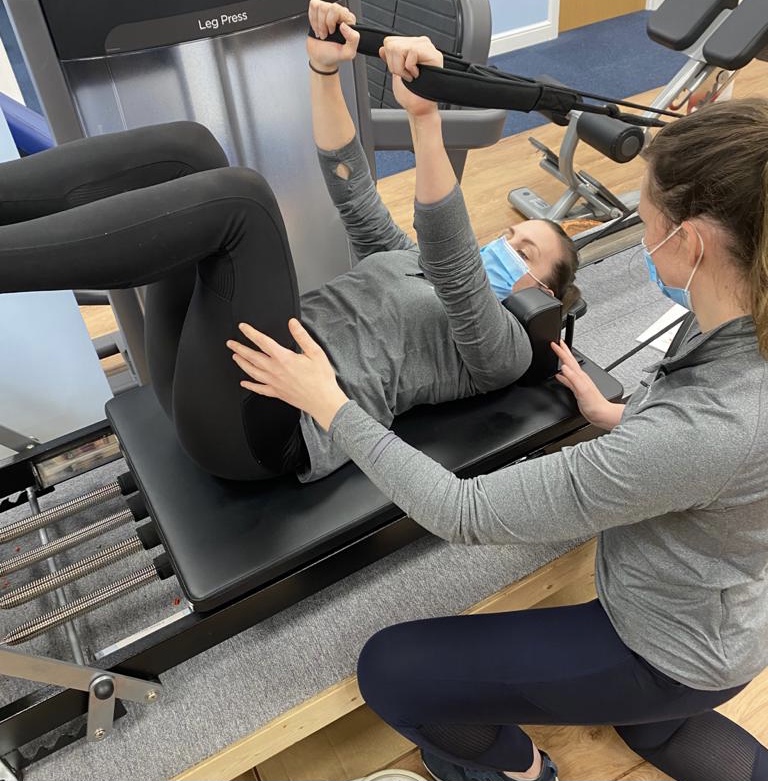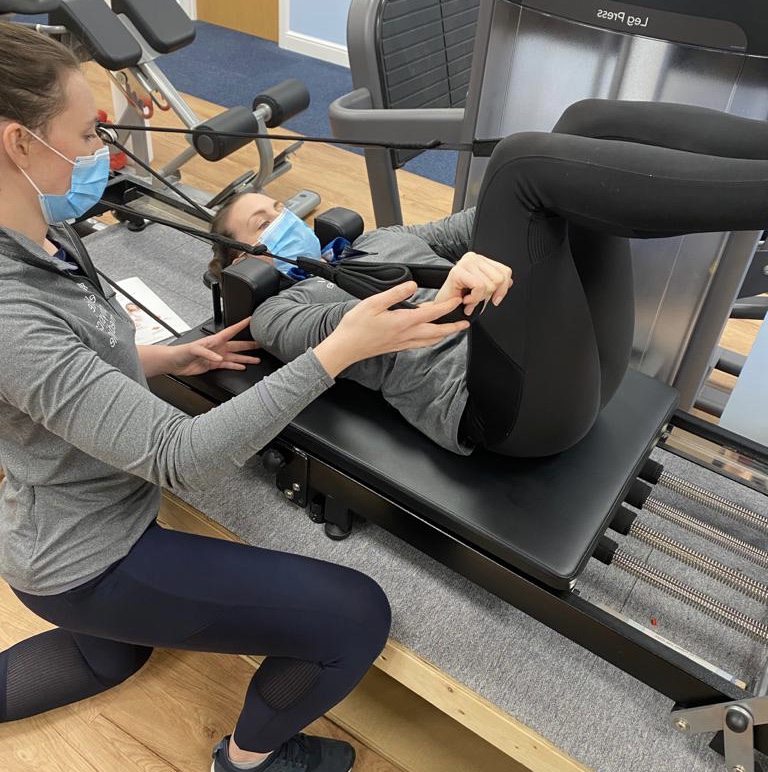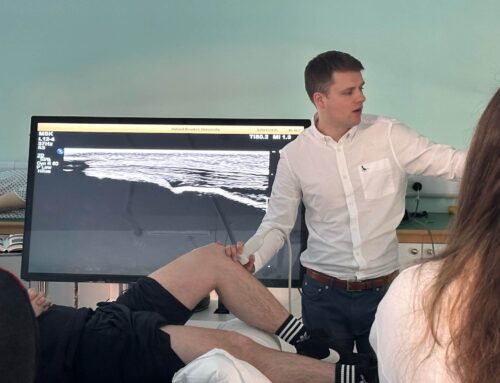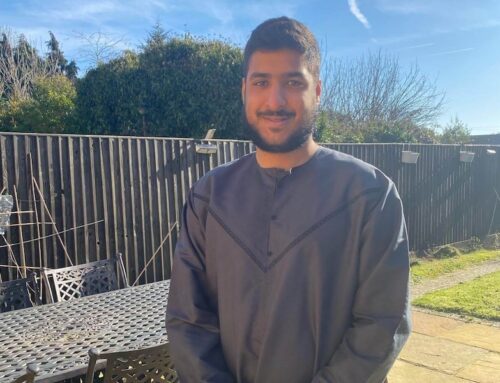Matwork Pilates
Written by: Nicola Kennedy
Description
Pilates is a low impact alternative for body conditioning. It was originally developed in the early 20thCentury by Joseph Pilates. Joseph was born in Germany in 1880 and suffered with rickets, asthma, and rheumatic fever as a child. He had always aspired to be as fit as he could and initially practised meditation and yoga, alongside studying physiology and anatomy.
Joseph developed his own exercise regimes and began to build on his principles into a programme to support rehabilitation and recovery for patients in hospitals. He continued to practise and immigrated to America in the 1920’s where he set up Pilates studios, initially working with dancers.
This form of therapy has quickly developed to be applicable for all, whether you are recovering from an injury, using it alongside a sport or as an alternative type of training. Pilates is used globally within classes or on 1:1 basis.
Purpose
The emphasis is on building up core stability and endurance, improving lumbopelvic control, improving strength of the spinal muscles and overall joint mobility; especially so in the hips and shoulders. The process is also linked to benefits on mental wellness.


Pilates helps participants to be in tune with their body, to recognise how to control movements and breathing patterns. This is valuable to apply to all sports, training, and everyday activities.
There are a variety of speciality areas that Pilates can be used: spinal rehabilitation, respiratory care, neurological conditions and pre-post-natal. Pilates can appear like a slow, version of training, but the idea to have full control and optimum concentration with awareness of a contraction of a muscle. It has shown to have beneficial strength gains which is a win-win! For instance, Pilates is widely used with those suffering from lower back pain. This can be following an operation, injury, or childhood growing complaint. Physio-led Pilates is most beneficial as it gives the Physiotherapist an opportunity to complete a full assessment of the patient’s symptoms, movement patterns and area of pain. This allows your physiotherapist to develop an appropriate plan. This can be 1:1 based or a guided plan over a period that you can carry out at home. The exercises used can be progressed with weights, use of a reformer (spring based/pulley resistance equipment) or adapted into the areas of difficulties to help facilitate optimal control and movement.
It is appropriate for all ages, valuable in the first stead of adolescent development, through to the elderly working to maintain independence.
Evidence based practice
There is growing evidence around the utilisation of Pilates in physiotherapy practise. Research has found in both males and females that there is a significant increase in abdominal endurance, hamstring flexibility, and upper-body muscular endurancefollowing 12 weeks participation in Pilates sessions, twice a week for 60 minutes. Researcher’s have also commented on how Pilates is helpful in the management of falls in the elderly; by specifically working on range of movement, dynamic balance and confidence. It is a great training modality to work alongside sports that involve a lot of strength and conditioning, to assist maintain flexibility of muscles and not to succumb to postural strains.
At Elite we have a wealth of experienced staff, and we’re incredibly lucky to have both Nicola and Gabrielle who are qualified in Pilates instruction.
Please contact us on 01296 437717 to arrange an assessment, Pilates might just be the perfect addition to your rehabilitation.
References
- Barbosa, A.C., Martins, F.M., Silva, A.F., Coelho, A.C., Intelangelo, L., Vieira, E.R., (2017) ‘Activity of Lower Limb Muscles During Squat With and Without Abdominal Drawing-in and Pilates Breathing’. Journal of Strength and Conditioning Research: November. 31(11) pp. 3018-3023. doi: 10.1519/JSC.0000000000001877
- Byrnes, K., Wu, P.J., Whillier, S., (2018) ‘Is Pilates an effective rehabilitation tool? A systematic review’. Journal of Bodywork and Movement Therapy. 22(1) pp: 192-202. doi: 10.1016/j.jbmt.2017.04.008
- González-Gálvez, N., Marcos-Pardo, P.J., Carrasco-Poyatos, M., (2019) ‘Functional improvements after a Pilates program in adolescents with a history of back pain: A randomised controlled trial’. Complementary Therapies in Clinical Practice. 35 pp:1-7. doi: 10.1016/j.ctcp.2019.01.006
- Kloubec, J.A., (2010) ‘Pilates for Improvement of Muscle Endurance, Flexibility, Balance, and Posture’. Journal of Strength and Conditioning Research. 24(3) pp: 661-667. doi: 10.1519/JSC.0b013e3181c277a6
- Roller, M., Kachingwe, A., Beling, J., Ickes, D.M., Cabot, A., Shrier, G., (2018) ‘Pilates Reformer exercises for fall risk reduction in older adults: A randomized controlled trial’. Journal of Bodywork and Movement Therapy. 22(4) pp: 983-998. doi: 10.1016/j.jbmt.2017.09.004



